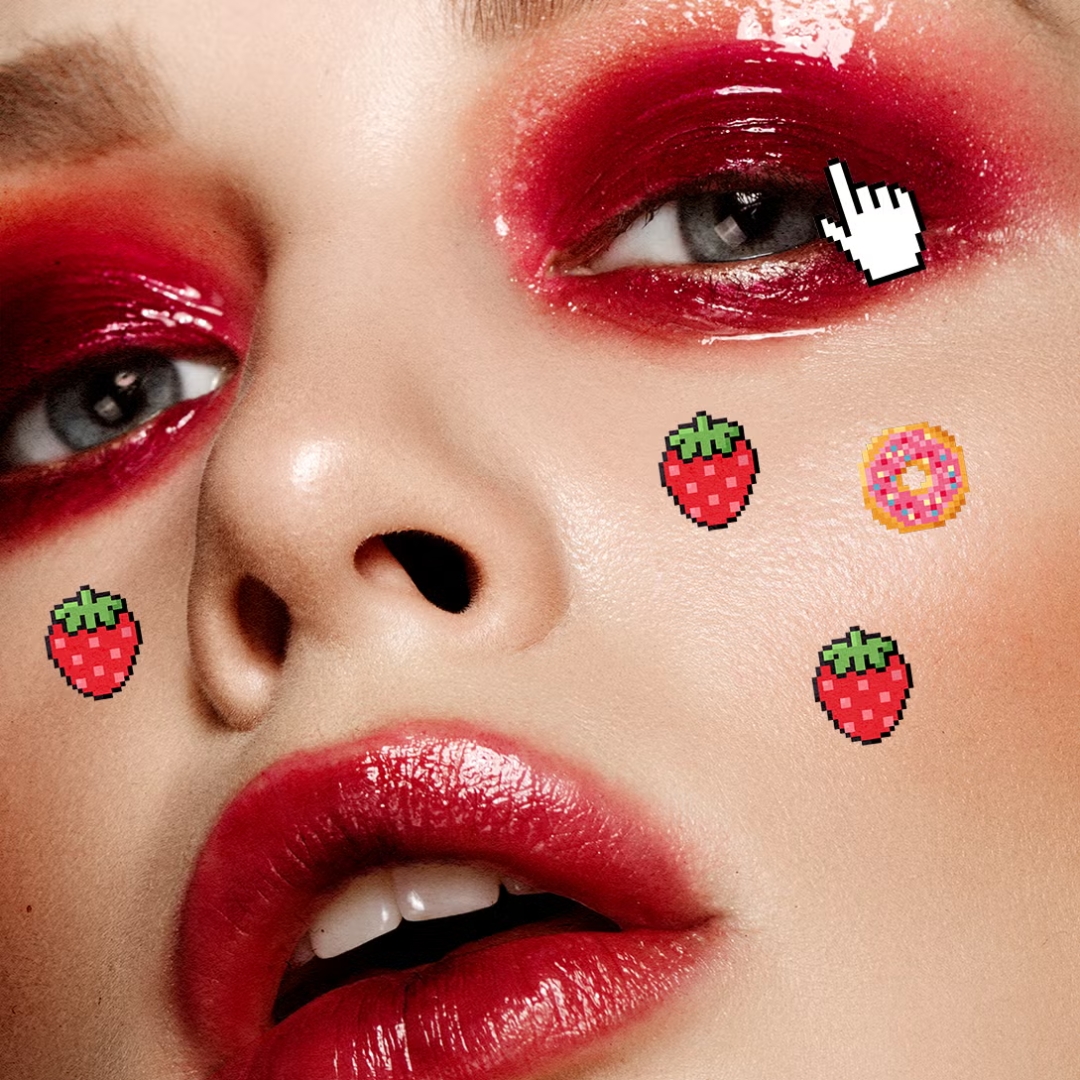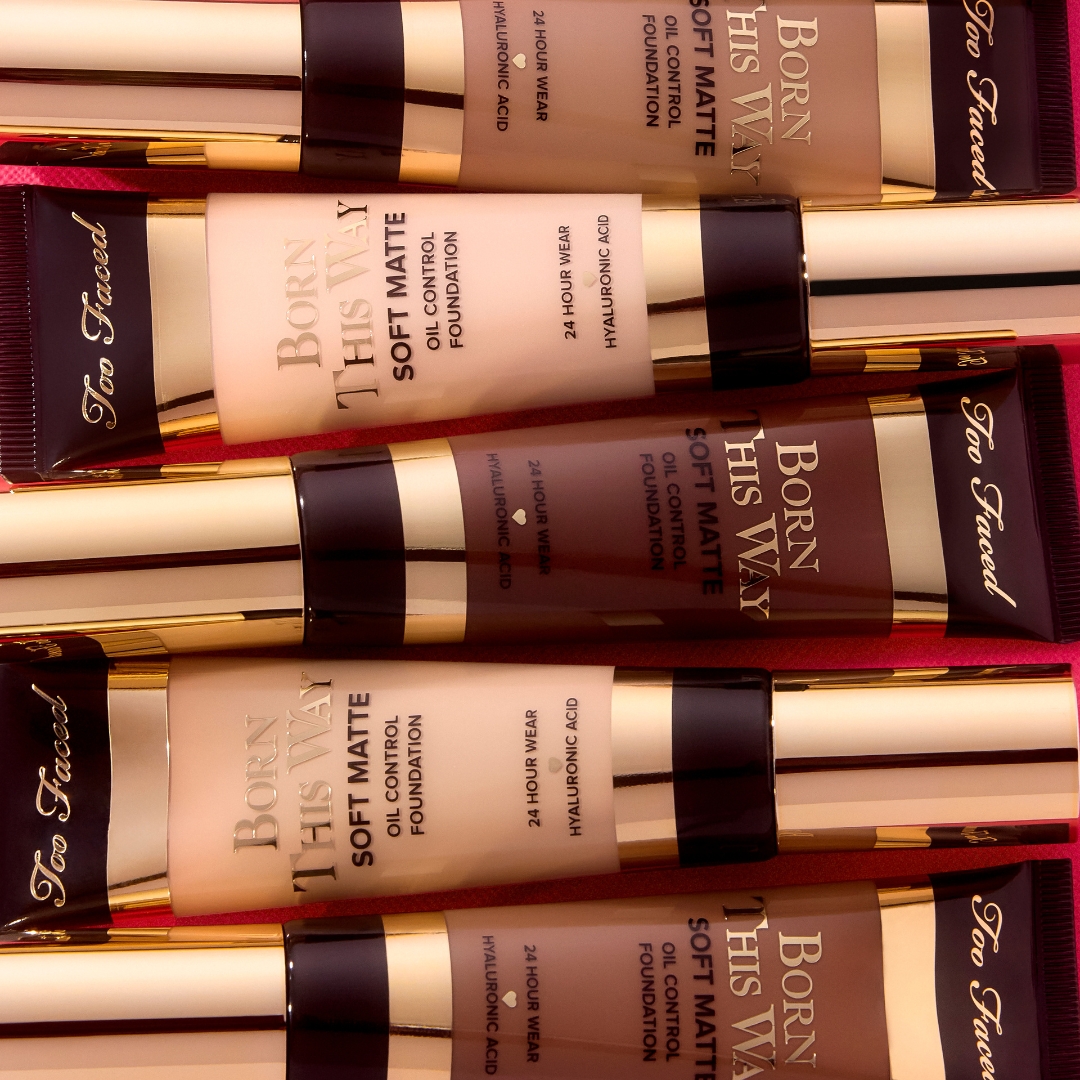A decade ago, having a skincare routine was seen as a little frivolous. While most of us made do with some makeup wipes, moisturiser and maybe an eye cream, 12-step regimens were reserved for A-listers and those (to rip a term right from the 2010s) who were a little extra.
Today, complex morning and nighttime routines are the norm. Gen Alpha are supposedly already using retinol and we have a new skincare trend every week (whatever happened to slugging?). On top of that, influencers and experts alike continue to flood social media with skincare advice. While this commentary can be incredibly helpful, when there are so many “must have” products and different tips and tricks floating around, it can become difficult to make sense of it all.
Luckily, we have done the hard yards for you. Cosmopolitan Australia turned to the experts to break down what products you actually need, and how to build a skincare routine that works
How To Build a skincare routine: A beginner's guide
So you want to strip back or rebuild your skincare routine? Let’s start with the basics…
What Is Really Necessary In a Skincare Routine?
There is a lot of noise—especially on social media—about “must have” skincare products. First and foremost, there is no one-size-fits-all approach. However, experts tend to agree that there are a handful of products that most people should be using.
At its absolute simplest, your skincare routine should include:
- gentle cleanser
- moisturiser
- facial sunscreen
LeeAnne Leslie, Clinical Education & Training Manager at Alpha-H, says that a basic morning routine should begin by washing your face with a gentle cleanser. She advises, “You want to ensure the skin is thoroughly cleansed while still preserving the integrity of the skin barrier.” LeeAnne explains you should follow this up by applying a broad-spectrum SPF to keep you protected from those and damaging UV rays.
As for nighttime, a two-step regimen can suffice, too. LeeAnne says you should repeat the cleansing process from the morning—though she recommends a cleansing balm for makeup wearers, to ensure all that product comes off—and then apply a moisturiser.
Just a little more...
Once you feel ready to up the ante, the next two “essential” products you should consider are an exfoliant and serum.
While the serum you choose will depend on the needs of your skin (more on that below), founder of The Skin Bar, Samantha Appel cites it as her number one recommendation. Samantha explains that a good serum “will correct your texture, tone and focus on correcting damaged cells!” She adds, “I love one all in one serum for the morning and a power packed serum for the night.”
Skin and Dermal Therapist and founder of Ragan Skin, Isabella Loneragan echoes this sentiment, advising the addition of retinol (an exfoliant) and niacinamide (a kind of serum) alongside your cleanser, SPF and moisturiser, for a simple five-step skincare routine.
These products will form the base of your regimen, which you can build on based on your skin type. Keep scrolling to find out what those might be.
The Best Skincare Routine Order
The order in which you apply your skincare is more important than you might expect. It can be hard enough to know what to apply—let alone when and in what order.
The general rule is that you should layer by viscosity, applying the thinnest product first and finishing the the thickest. The thickest (aka final) product will typically be sunscreen in the morning and a moisturiser or oil at night.
Sunscreen is a non-negotiable step in the A.M—and not just in summer. Isabella says, “Even if your foundation includes SPF, still apply a layer underneath because no foundation formula can contain sufficient SPF protection.”
What Should My Morning Skincare Routine Be?
Based on advice from LeeAnne, Isabella and Samantha, we’ve put together the ultimate morning skincare routine—including the order in which to apply your products.
- Cleanser
- Toner (optional)
- Serums, applied from thinnest to thickest—Isabella recommends using a vitamin C and niacinimide serum in the morning
- Eye cream (optional)
- Moisturiser
- Sunscreen
What Should My Nighttime Skincare Routine Be?
A nighttime skincare routine can look somewhat similar to your morning steps however, there are a couple of key differences. The first is that you should ideally cleanse twice, to ensure makeup is removed and the skin is thoroughly clean.
Based on advice from LeeAnne, Isabella and Samantha, we’ve constructed a template for nighttime skincare routine:
- Cleanse
- Cleanse again
- Retinol (optional)—only 2-3 times a week
- Serums—Samantha recommends a Vitamin A, B or C serum for night
- Moisturiser or night cream
The 411 on skin types
How To Work Out Your Skin Type At Home
Knowing your skin type will help you work out what products may or may not work for you.
You likely already have some idea what your skin type is but if not, worry not! We’re here to help.
The simplest way to work out you skin type at home is via the aptly-named “watch and wait” method. This test involves observing how your skin behaves after you have cleansed it.
Begin by washing your face with a gentle cleanser before patting it dry. Wait half an hour.
If your skin appears shiny after 30 minutes, you likely have oily skin. If the shine is only in your T-zone (the nose and forehead) then you probably have combination skin. If your skin feels tight or is flaky, you likely have dry skin. If your skin is comfortable, it is probably neutral, or normal.
Dry Skin
Use:
- Hydrating, non-stripping cleanser
- Rich, thick moisturiser
- Hydrating serums
- Gentle exfoliants
- Face oils
Avoid:
- Over-exfoliating
- Harsh cleansers
- Alcohol-based toners
Oily Skin
Use:
- Oil soluble exfoliant
- Gel-based cleanser
- Oil-control serums
Avoid:
- Foaming cleanser
- Heavy creams
- Occlusive face oils
- Vitamin C
skincare products, explained
So you’ve got the basics down pat… now, time to build out your skincare routine.
Beauty loves a buzzword and with so many serums and creams on the market, their functions can get hazy. Scroll on for our quick breakdowns of the key products to know.
Toner
While toners can be beneficial, they are not necessarily an essential part of a skincare routine.
“Toner is a broad term for many different types of skincare products,” explains LeeAnne. “It really depends on what the product does and the specific needs of the skin. An oil soluble exfoliating toner, for instance could be helpful to an oily congested skin. Not every skin will require a second step after cleansing, though”.
Samantha adds that you should think of a toner “as the cherry on top—not essential but oh-so-refreshing!”
Serums
Serums are one of the more complex parts of building a skincare regimen. There are four basic categories that serums fit into:
- Hydrating serums: These drench your skin in moisture and include hyaluronic acid and peptide serums
- Brightening serums: These brighten the appearance of dull skin and are often Vitamin C-based
- Anti-ageing serums: These will either work to smooth fine lines and wrinkles, or aid collagen production and help plump the skin (or both!)
- Acne serums: These are formulated to help combat acne and conjestion
Spot Treatments
Spot treatments are used to treat and reduce acne or blemishes, as well as post-acne scars or dark spots.
The one thing to know about spot treatments?
For pigmentation, Samantha suggests brightening up with products featuring vitamin C, niacinamide, or alpha arbutin.
For treating acne scars, she recommends spot treatments containing retinol, or AHAs or BHAs, all of which are different kinds of exfoliants.
As for how to get rid of a pimple fast? Samantha says, “Zap those zits with salicylic acid, and watch them vanish!”
What are AHAs?
Alpha hydroxy acid (AHA) is a kind of acid used in skincare to reduce signs of dryness, ageing, mild hyperpigmentation, fine lines, uneven skin tones and more.
AHA can be found in a variety of moisturisers, cleansers and serums. While it’s often promoted as being safe for all skin types, those with dry or sensitive skin should introduce slowly and in small amounts, working up gradually to daily use in order to avoid irritation.
Common types of AHAs include glycolic acid and lactic acid. They are best suited to those seeking dry skin relief or anti-aging benefits.
What are BHAs?
Beta hydroxy acid (BHA) works to dry out excess oils and dead skin cells, which unclogs pores. It is typically used to treat acne and pigmentation, including sun damage.
Like AHAs, BHAs can also be used daily but you should work up to that frequency gradually.
The most common BHA is salicylic acid. BHAs are best suited to those hoping to combat acne.
Retinol
The Queen Bee of #SkinTok—and as Samantha puts it, “like the fairy godmother of skincare”—retinol is arguably one of the most notorious skincare ingredients. People either love or hate her, with transformation videos and horror stories alike populating social media hashtags.
The fact is that retinol really can have “transformative” properties and yield miracle-like results—as long as it is introduced and used properly (she’s low-key maintenance).
Retinol is a type of retinoid derived from Vitamin A. It helps to slow down the visible signs of ageing, stimulate cell growth (hellow, plump skin) and reduce pigmentation.
In the first few weeks of using retinol you may experience breakouts, sometimes referred to as “the purge” or “retinol uglies.” The purge happens because retinol works by increasing skin cell turnover and unclogging blockages in the skin. It will usually begin two weeks after you start using retinol and can last for around a month.
“Retinol is best used of an evening and my advice is always start low and go slow,” says LeeAnne.” So, start with a lower percentage first and add it slowly into your routine a few times a week on alternate nights.”
Face Oil
While face oil isn’t necessarily an essential part of your skincare routine, it can be hugely beneficial, especially for dry skin.
Noting that use is preferential, LeeAnne says, “I am a huge fan of face oils as they mimic skin identical lipids.” She advises that normal to dry skin types may like to use them regularly, whereas those with oily skin might find that using a face oil a couple of evenings per week suffices. She adds, ” I always run any leftover on my hands through the ends of my hair as well. It’s fabulous!”
“Face oils are like a cozy blanket for your skin, especially if it’s dry,” Samantha says. “Use a few drops after your moisturiser or mix them together, two-three times a week or as needed.”
Moisturiser
One of the essential skincare products, it is worth working out what moisturiser is best for you.
There are different kinds of moisturisers, which tend to be identifiable by their texture, that will suit different needs and skin types.
- Dry skin: Opt for rich, hydrating creams that your skin will drink up. An occlusive moisturiser, which helps to seal in hydration, could be a great option.
- Oily skin: Lightweight, non-greasy moisturisers will be your go-to. Water-based creams or gels should definitely be on your radar.
- Combination and normal skin: A light but hydrating moisturiser will be your best friend.
tips for building a routine (& getting glass skin)
As an added bonus for you new skincare obsessives, experts and the Cosmopolitan Australia team share their top skincare tips.
Isabella Loneragan, Skin and Dermal Therapist and founder of Ragan Skin: “Apart from daily and non-negotiable use of sunscreen, step back from the mirror! Don’t look too closely because when you do, you’re bound to pick at yourself and find problems that aren’t really worth worrying about.”
LeeAnne Leslie, Clinical Education & Training Manager at Alpha-H: “Without hesitation—it is to apply SPF EVERY day.”
Samantha Appel, founder of The Skin Bar: “Consistency is key! Stick to a routine that works for your skin type and concerns. And of course, never forget your sunscreen! Oh, and don’t forget regular treatments—it’s like a gym workout for your skin, keeping it strong, smooth, and radiant!”
Ella Sangster, Digital Editor of Cosmopolitan Australia: “It’s so cliche but less really is more. I find the more simple my skincare routine is, the better my skin looks.”
Hollie Wornes, Social and Digital Manager at Cosmopolitan Australia: “One thing I have found in winter is to use a light moisturiser before bed (I’ve been enjoying the Dr. Jart+ Ceramidin Skin Barrier Moisturising Cream)—I’ve been waking up with soft, nourished skin.”
Zoe Davis, Commercial Director at Cosmopolitan Australia: “Face oil has changed my life—I use Go-To Face Oil before bed and it has healed my skin to no end.”



